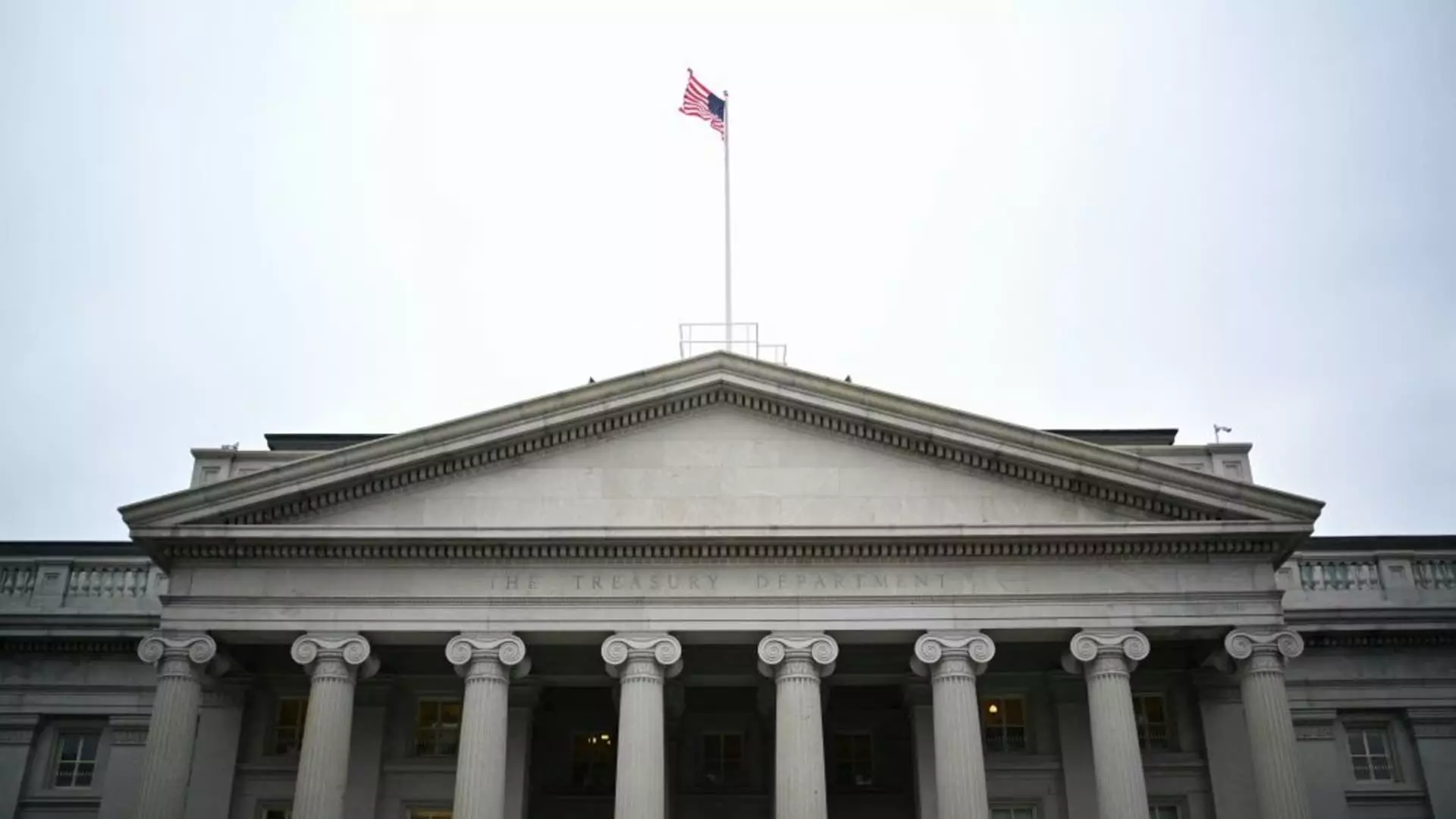The U.S. Department of the Treasury has recently unveiled the updated rates for Series I bonds, effective from November 1, 2023, to April 30, 2025. The annual interest for newly purchased I bonds has decreased to 3.11%, a notable drop from the previous 4.28% yield established in May. This decline reflects a broader trend observed since the remarkable peak of 9.62% in May 2022. The current rates include a variable component of 1.90% and a fixed component of 1.20%. Investors should note that the fixed rate has also decreased from the 1.3% reported earlier this year.
Understanding the Structure of I Bond Rates
Series I bonds offer an intriguing investment vehicle due to their unique dual-rate structure, which comprises both a fixed rate and a variable rate adjusted semi-annually. The fixed rate remains constant throughout the life of the bond, ensuring a baseline level of return, while the variable rate is tied to inflation and recalibrated based on consumer price index fluctuations. Investors’ understanding of this structure is crucial for selecting the optimal timing for their investment, as they can only benefit from the latest rates after a set period following their purchase.
One of the key features of I bonds is the six-month timeline that determines when an investor’s rates will adjust. For example, if an individual purchases I bonds in September, they will receive their initial variable rate until March of the following year, at which point adjustments will be made according to the latest rate announcement. This ability to lock in a fixed rate while remaining partly insulated from inflation makes I bonds attractive, especially in uncertain economic climates.
The Investor Perspective: A Cautious Approach
Despite the decrease in yields, financial experts suggest that I bonds still offer potential value for long-term investors. The fixed component, while lower than previous offerings, appeals to those looking for a guaranteed return amidst volatile markets. Investors should weigh these benefits against the current economic landscape, as diminishing yields may prompt a reevaluation of where to place their capital. Additionally, many may still find I bonds an attractive option compared to traditional savings accounts offering even lower interest rates.
As interest rates fluctuate, future investors must also stay informed about the Treasury’s rate adjustment schedule every May and November. This schedule can significantly impact overall returns and may make certain periods more advantageous for investment than others.
The recent announcement of reduced Series I bond rates reflects ongoing adjustments in response to economic uncertainties and inflationary pressures. While the current yield of 3.11% may seem less appealing than its predecessors, the structured nature of these bonds continues to provide a level of security that many investors find attractive. Awareness of the varying rates and their implications for investment timing is essential for maximizing returns in this unique fixed-income arena. For those considering an investment in I bonds, understanding these intricacies will not only inform their decisions but will also enhance their long-term financial strategies in an ever-evolving economic landscape.

